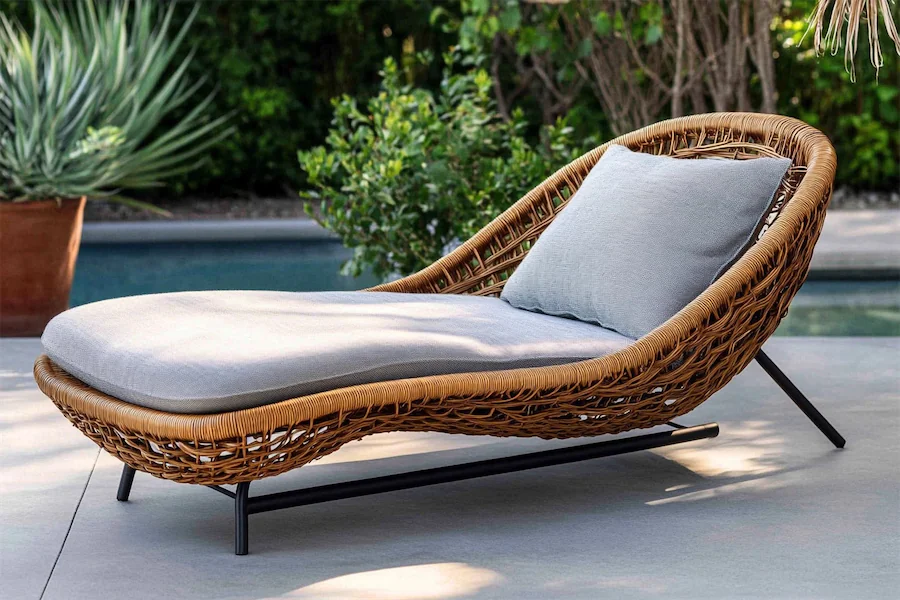Outdoor lounge chairs are essential for creating comfortable and stylish relaxation spaces in gardens, patios, and other outdoor areas. This article explores their history, key features, applications, considerations for selection, and concludes with their significance in enhancing outdoor living experiences.
History and Origins of Outdoor Lounge Chairs
The concept of outdoor lounge chairs dates back to ancient civilizations, where furniture was designed for both indoor and outdoor use. In ancient Egypt, for example, early chaise lounges were crafted from materials like wood and stone, serving as symbols of luxury and relaxation.
During the 19th century, the popularity of outdoor leisure activities led to the development of specialized furniture, including the iconic deckchair used on ocean liners. This period also saw the emergence of the chaise lounge in Victorian parlors, which has remained a steady fixture throughout modern history.
Key Features of Outdoor Lounge Chairs
- Comfort: Designed with ergonomic considerations, often featuring adjustable backrests and cushioned seating to provide optimal relaxation.
- Durable Materials: Constructed from weather-resistant materials such as teak, aluminum, or synthetic wicker to withstand outdoor elements.
- Portability: Many designs are lightweight or foldable, allowing for easy movement and storage.
- Aesthetic Appeal: Available in various styles and finishes to complement different outdoor décors.
Applications of Outdoor Lounge Chairs
- Residential Use: Ideal for patios, gardens, poolside areas, and balconies, providing a comfortable spot for relaxation and leisure.
- Hospitality Industry: Widely used in hotels, resorts, and spas to enhance guest comfort in outdoor settings.
- Public Spaces: Found in parks and recreational areas, offering seating for visitors to enjoy the outdoors.
Considerations When Choosing Outdoor Lounge Chairs
- Material Selection: Choose materials that are resistant to weather conditions prevalent in your area, such as moisture, UV rays, and temperature fluctuations.
- Comfort Level: Look for features like adjustable positions, adequate cushioning, and ergonomic design to ensure maximum comfort.
- Maintenance Requirements: Consider the level of upkeep needed; some materials may require regular treatment to maintain their appearance and durability.
- Space Availability: Ensure the size and design of the chair fit well within your outdoor space without causing overcrowding.
- Budget Constraints: Balance cost with quality and durability to make an informed investment in outdoor furniture.
Conclusion
Outdoor lounge chairs have evolved significantly from their historical origins, now offering a blend of comfort, durability, and aesthetic appeal suited for modern outdoor living. When selecting an outdoor lounge chair, consider factors such as material, comfort, maintenance, space, and budget to enhance your outdoor relaxation experience effectively.
